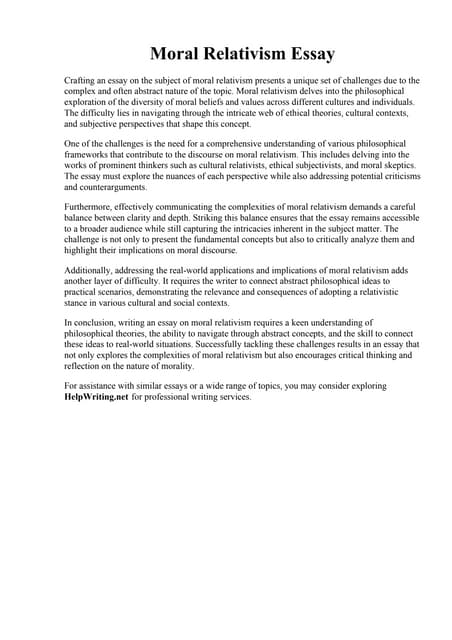The Stanford Encyclopedia of Philosophy has updated its entry for necessary and sufficient conditions. it was revised by Andrew Brennan (Latrobe University). I have found these two ideas to be among the most powerful devices in philosophy for framing questions and clarifying ideas.
Put simply, a necessary condition is a condition that must be true for some other thing to be true. For example suppose you’re decorating for Halloween and decide you want a jack-o-lantern to decorate your entryway. In order to do this—in order meet the condition of “having a jack-o-lantern” (on the ordinary meaning of “jack-o-lantern”)—you must have a pumpkin to carve. So having a pumpkin is a necessary condition for having a jack-o-lantern.
Is having a pumpkin a necessary condition for decorating for Halloween? Probably not because there are other ways you can decorate for Halloween. But having a pumpkin may be a sufficient condition. That is, if you have a pumpkin and you’re a minimalist regarding your Halloween festivities, that single pumpkin may be enough to call your home “decorated.” In other words, the pumpkin is sufficient for meeting the condition of having your house decorated.
These concepts can be used to clarify just about anything—hopefully things much more weighty than decorations. For example, what are the necessary and sufficient conditions for something to be considered a morally valuable human person? What are the necessary and sufficient conditions for reasonable belief in God? What are the necessary and sufficient conditions for knowledge?
Applying these concepts to the things you care about is sort of like owing a label maker: once you get going, it’s hard to stop.







